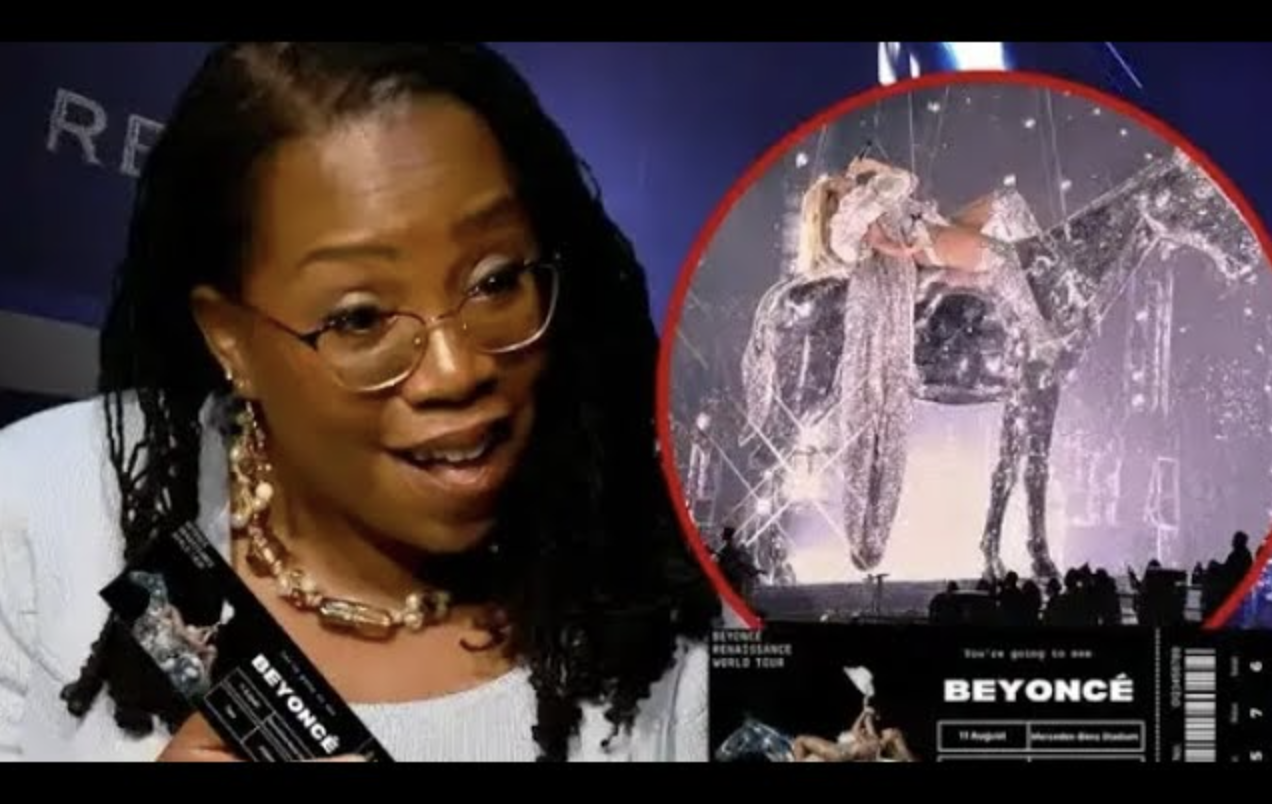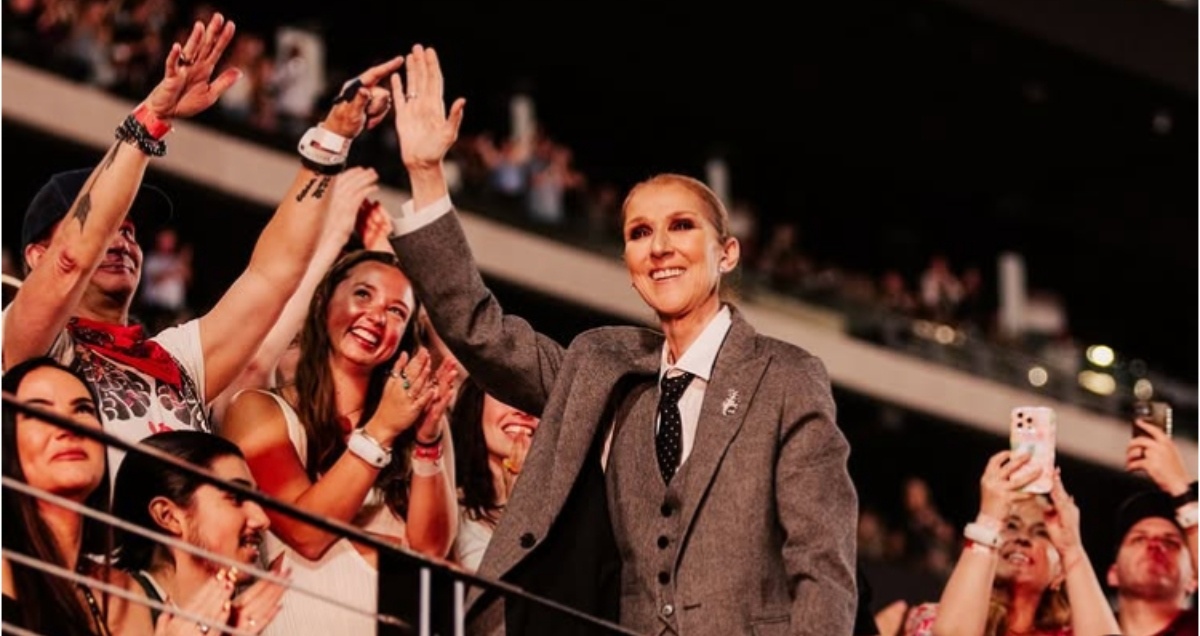Female doctors can be found working in medical practices, hospitals, academic institutions, and occasionally, even on the silver screen.

In the realm of depicting female physicians in films, there is a notable disparity between art and reality. Although women now constitute over one-third of practicing physicians and more than half of the nation’s medical students, a recent study examining the representation of female doctors in movies spanning from 1990 to 2020 reveals that they are not receiving proportional screen time.
“According to Reshma Jagsi, MD, DPhil, who serves as the Chair of the Radiation Oncology Department at Emory University School of Medicine and led the examination of physician characters, even in the most recent films we investigated, the proportion of women among physician characters closely resembles the demographics of the medical profession from over a quarter of a century ago,” stated Dr. Jagsi in a press release. The analysis identified physician characters through plot summaries, keywords, and casting credits on IMDb.com, the Internet Movie Database.
Why do these statistics matter? Reshma Jagsi emphasizes that media plays a crucial role in influencing our perceptions of the medical profession. On the contrary, movies rated G and PG exhibit a significant lack of representation for women and individuals from diverse backgrounds in the role of physicians, as Dr. Jagsi pointed out. Since these movies are often targeted at young audiences, they can profoundly impact their perceptions of who is capable of becoming a doctor and who should aspire to such a profession.

“We are aware that numerous female physicians still share stories of being mistakenly identified as nurses, and they face stereotypes that can hinder their effectiveness in their roles,” remarked Jagsi. She continued, “We also have concerns about whether the entire pool of young individuals who could potentially envision themselves as doctors is exposed to a diverse range of role models that accurately mirror the composition of the medical profession and the communities it serves. Movies hold significant and lasting sway over people’s perceptions, so we decided to investigate the portrayal of physician characters,” she explained.
- In a total of 1,226 movies featuring 2,295 physician characters, the study found that 426 of them, equivalent to 18.6%, were portrayed as women, while 1,869, or 81.4%, were depicted as men.
2. Looking back to the 1990s, among 379 movies, 108, or 28.5%, featured at least one female physician character, whereas 271 movies exclusively portrayed all physician characters as men. It’s worth noting that in 1992, women comprised 18.8% of the real physician workforce.
3. In the 2000s, out of 412 movies, 120, which accounts for 29.1%, featured at least one female physician character, while 292 portrayed all physician characters as men. As of 2010, women constituted 30.4% of the physician workforce.
4. Between 2010 and 2020, among 435 movies, 121, or 27.8%, included at least one female physician character, while 314 exclusively depicted male physician characters. By 2019, women comprised 36.3% of the total physician population.
In cinematic portrayals, female physician characters were often found in scenarios involving multiple physician characters. Interestingly, the study found no significant correlations between the inclusion of at least one female physician character and factors such as movie genre, popularity, or ratings.
The study’s findings, presented in the research letter titled “Portrayal of Women as Physicians in Movies, 1990-2020,” have been published in JAMA Internal Medicine.



